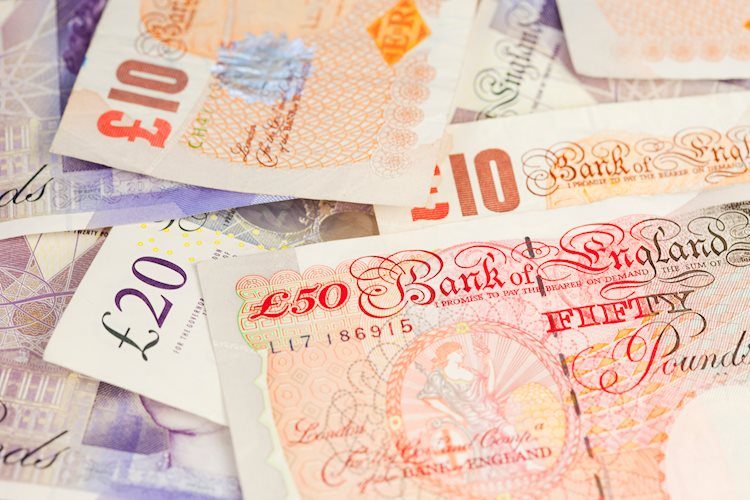A survey carried out by the Brazilian Association for Consumer Protection (Proteste) shows that researching prices before buying in supermarkets can yield an annual savings of up to R$ 3 thousand to the consumer.
The survey was carried out in 698 establishments in six capitals: Belém (PA), Goiânia (GO), Porto Alegre (RS), Salvador (BA), Rio de Janeiro (RJ) and São Paulo (SP). The technicians analyzed more than 92 thousand prices collected in hypermarkets, supermarkets and stores with discounts (hard discount).
Proteste technicians analyzed two types of consumer basket, one consisting only of products from leading brands in the market and the other more economical, without defined brands.
In the case of the economic basket, in Rio de Janeiro, the savings reach R$ 3,035.40 of difference, per year, between one establishment and another. In São Paulo, R$ 2,888.76; BRL 2,279.64 in Salvador; R$ 1,710.12 in Porto Alegre; BRL 1,655.54 in Belém, and BRL 1,155.12 in Goiânia.
In relation to the basket with brand leaders, the price difference between markets decreases, but is still significant. The annual variation is higher in São Paulo, with BRL 2,265.60, falling to BRL 2,231.40 in Rio de Janeiro and BRL 1,250.52 in Goiânia. In Belém, savings reach R$1,195.12, R$1,167.12 in Salvador and R$941.52 in Porto Alegre.
Mariana Rinaldi, a specialist at Proteste, points out that consumers who frequently research prices are less susceptible to large variations, as they are able to distinguish when a product is, in fact, more expensive or cheaper.
“It is necessary to consider that retail pricing is very dynamic as it is easily impacted by a series of aspects, such as the movement of competition, seasonality of production and macroeconomic situation, for example. Even the region in which a point of sale is located influences the final price of the products, he said.
Some items were highlighted in the Proteste survey due to the price difference, such as the double-sided sponge in Rio de Janeiro, with a variation of 443% without considering the brand, ranging from R$ 2.19 to R$ 5.99. In São Paulo, the survey identified a variation of 487% in the kilo of lemon, between R$1.99 and R$5.99.
Still in the economic basket, without brands chosen, in Goiânia, the sanitary deodorizer was observed at R$ 1.99 and R$ 6.95, a difference of 249%. While in Belém, the highlight was chicken broth, between R$1.15 and R$2.96 – a variation of 157%.
In the basket with brand leaders, in Salvador, steel wool was found between R$ 1.58 and R$ 4.05, a difference of 156%. In Porto Alegre, also among the products of defined brands, the kilo of cassava ranged between R$ 2.98 and R$ 7.89.
Mariana Rinaldi points out that the items with the greatest variation are precisely those for everyday use, such as basic food baskets, cleaning products, vegetables and proteins. According to the expert, it is possible to see a tendency in consumers to adapt to the list in search of more economical brands.
“This movement is due to structural reasons, such as exchange rate devaluation, high fuel and freight charges, in addition to rising inflation, factors that reduced purchasing power and the value of money,” he declared.
Tips for saving on shopping
With the survey, Proteste gives advice to save on purchases:
- make a list before leaving home
- don’t shop hungry
- avoid taking children to the market
- don’t let too much time pass between one purchase and another
- Be careful when buying large packages of perishable products to avoid waste
- look for products that are on shelves above and below eye level, which can bring cheaper prices
Source: CNN Brasil
Joe Jameson, a technology journalist with over 2 years of experience, writes for top online news websites. Specializing in the field of technology, Joe provides insights into the latest advancements in the industry. Currently, he contributes to covering the world stock market.





